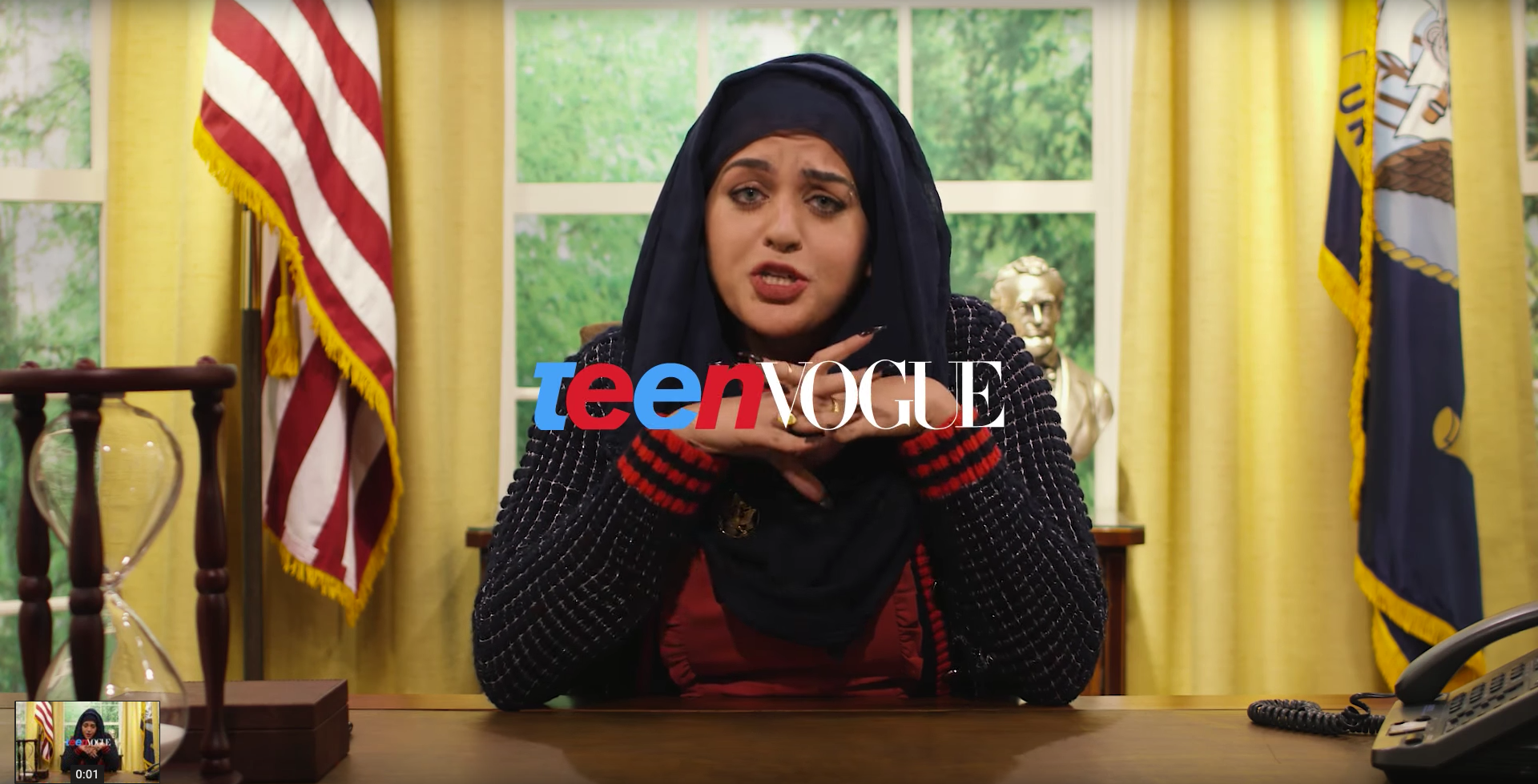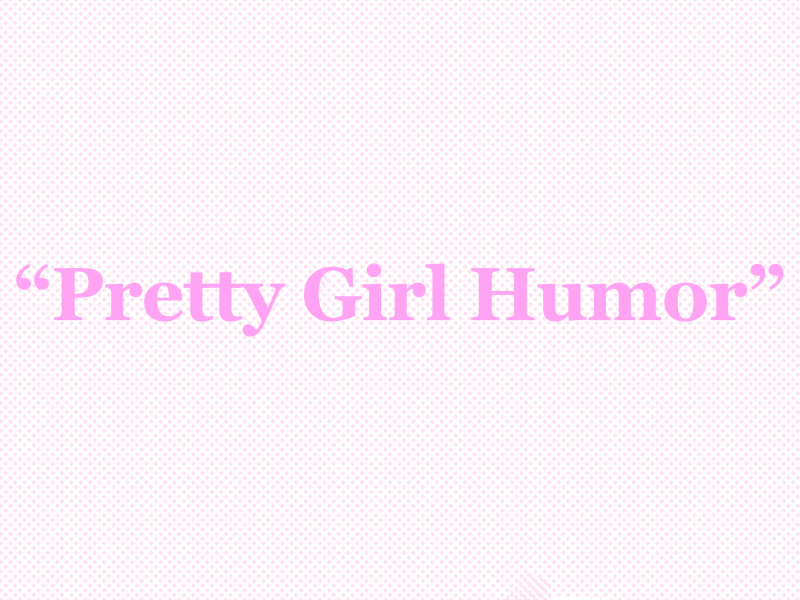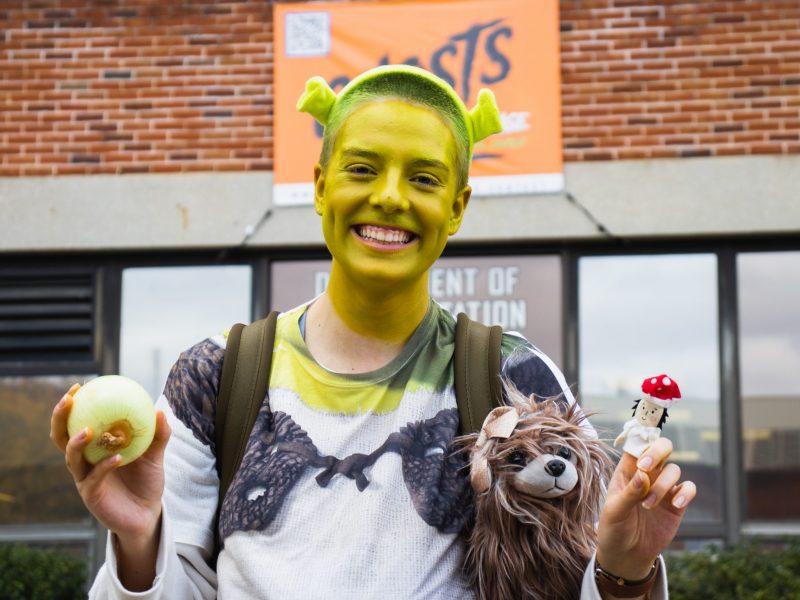The concept of a “women’s magazine” has traditionally been associated with a very narrow set of “feminine” topics. Sex tips, fashion advice and beauty columns are staples in magazines like Cosmopolitan and Glamour, covering everything from feather eyebrows to unicorn dildos. Even fashion magazines targeted toward younger women like Teen Vogue typically are associated with fluff articles, focusing on celebrity gossip and the hottest fashion trends for teens.
With the conclusion of the 2016 presidential election, however, there’s been a subtle yet powerful shift in some of the content these publications put out. In September, Cosmopolitan published an interview with Ivanka Trump regarding her father’s proposed maternity leave policy, with the now-first daughter cutting the interview short. In December, Teen Vogue‘s Lauren Duca wrote an op-ed titled “Donald Trump Is Gaslighting America,” writing President Trump’s “rise to power has awakened a force of bigotry by condoning and encouraging hatred, but also by normalizing deception.” On April 10, Glamour published an article titled “How Donald Trump Is Using a Classic Sexual Abuse Tactic on Americans.”
This shift in content for women’s magazines doesn’t just end at Trump. Glamour published an article following the San Bernardino shooting titled “It’s Time to Call San Bernardino’s Deadly School Shooting What It Really Was: Domestic Violence.” Meanwhile, Teen Vogue ran an article titled “Ramzan Kadyrov: 8 Things to Know About Chechnya’s Leader,” following the reported detainment of 100 gay men in the Chechen Republic. This is hard news; there’s no doubt about it — it’s simply presented in a different way, making it more appealing for younger and older women alike to read.
This shift in coverage signals an effort to include more feminism between these magazines’ already feminine pages. The magazines bring noteworthy topics up for discussion, and they do it in a manner that in no way takes away from the feminine vibe. Even though the traditional articles found in these magazines are softer, they’re still relevant and important to a large number of women. Cosmopolitan, widely known for its articles pertaining to sexual health, is popular for a reason. It even has a section on its website titled #ThatsHarassment, filled with articles focusing on sexual harassment and what can be done to combat it. Cosmopolitan was a strong magazine to begin with, but with the added element of hard news and politics, it’s even better.
Cosmopolitan, along with other women’s magazines, demonstrates that femininity and seriousness are not two mutually exclusive concepts.
But the internet’s response to this reporting is sometimes better than the coverage itself. After Duca’s Teen Vogue op-ed went viral, responses came pouring in over Twitter, praising the teen fashion magazine for taking a stand when so many traditional newspapers failed to do so. People, especially women, are hungry for this type of coverage, because it sends a feminist message — namely, that you can be a well-educated, politically versed woman and still enjoy the latest gossip column or beauty trend.
These magazines are also becoming noticeably more intersectional. It’s become all too common for transgender people, women of color and disabled women to be excluded from the feminist movement, instead pushed aside for a sort of “white feminism” that exists in our culture today. And although I myself am a white feminist cisgender woman and don’t wish to speak over these groups, it seems apparent to me that these magazines are growing more inclusive.
This is especially clear with Teen Vogue. In early February, Grace Dolan-Sandrino wrote an op-ed titled “I’m 16 and Trans, and I’m Not Fake News,” questioning the changes made by the Trump administration that would affect her life as a young, black transgender girl. Teen Vogue’s models and covers are featuring more and more black women, shedding the long-held, racist belief that lighter-skinned women are more beautiful. The fact that these changes are happening in a magazine geared toward young women is crucial, for they are the ones who are going to change the social climate of the future.
And that’s ultimately what these magazines are recognizing — women, especially those who are politically active. They are activists. They care about politics. And even if they don’t care, with the current state of our lawmaking body, decisions are inevitably going to be made about women’s bodies and lives. Because of this, women should have more opportunities to stay up-to-date on policies and news that affect them, while also partaking in leisure reading.
Like Teen Vogue digital director Phillip Picardi said on The Daily Show: “To tell a teenager that she should stick to lip gloss — when she’s being directly impacted by policies affecting her lifestyle and the lifestyle of those around her — is frankly irresponsible.”



